Over the last 12 months, Riot Games worked hard to improve its relationship with the League of Legends community. Things kicked off in early 2018 when the company unbanned popular League streamer Tyler “Tyler1” Steinkamp. Then came a plan to collaborate with content creators and even a mural featuring streamer Michael “Imaqtpie” Santana near Riot’s Los Angeles headquarters. It all came to a head at the year-ending All Star Event where Tyler1, Imaqtpie, and other content creators were invited to compete alongside pro players.
But after a yearlong honeymoon phase, Riot’s relationship with its content community is starting to show signs of strain. The latest controversy getting a lot of attention on the League subreddit alleges that big-time streamers are getting a free pass for allegedly toxic behavior.
It’s a given that Tyler1, who was banned for toxicity in the first place, would be involved. But he’s far from the only one that’s been criticized lately. All of this came after an unprecedented community uproar over the botched start to the ranked season.
What’s become clear over the last few months is that Riot’s relationship with its content creators needs to continue to evolve. For a long time, Riot mostly ignored them, reaping the benefits for people streaming its game while not intervening in that scene except for the most egregious examples. That model is no longer tenable, especially as the game ages. Here’s what needs to happen for the game and its community to remain vibrant in the years to come.
Open arms

It’s helpful to condense this story to one central character: Tyler1. A few years ago, Riot froze Tyler1’s known accounts and prohibited him from streaming League of Legends because of his incredibly toxic behavior. He would intentionally feed very publicly on stream while leveling blame at other players, the company—basically anyone and everyone.
When the company let him back in its good graces last year, it was supposed to be under a zero tolerance policy. Screw up once, and the ban is back on. For a while it worked. Tyler1 was actually a pretty chill dude on stream and even when bad things happened, he seemed to take it in stride.
And people loved it. The “reformed” Tyler1 got a ton of support from other content creators, including many employed by Riot Games. Caster Aidan “Zirene” Moon replied immediately to his unbanned tweet with an offer to play together. It was like Tyler1 had never left.
Casters like Zirene are, in many ways, the public faces of Riot Games. Their acceptance of Tyler1 signaled that the company itself had fully invited him back into the fold.
And it went beyond mere acceptance. It was like they couldn’t wait to get Tyler1 back and wanted feature him in as many ways as possible. When he found his way to the LCS finals venue last fall, he was invited in a sudden, impromptu gesture, to pick up a mic and get on stage. The cheers for Tyler1 were bigger than they were for the teams that day.
One-way street

It’s easy to see why Tyler1 was accepted so quickly by Riot. In many ways, the casters and analysts on stage with him have more in common with Tyler1 than they do with Riot Games, the corporate entity. After all, they’re, at heart, content creators, valued on the strength of their personalities as much as the depth of their game knowledge.
And they know that Tyler1 will draw eyeballs to both League the esport, as well as League the game. The Tyler1 Championship Series, a casual online tournament of hosted by Tyler1, draws more viewers than most LCS weekends.
All this gives great insight into the relationship between Riot and Tyler1, and by association, the rest of the content creation community. In many ways it’s a one-way street. Sure, content creators rely on the game Riot created, but in a sense, Riot doesn’t really have that much control over what they do with it. Banning someone’s login or even IP address isn’t really effective—Tyler1 still played League constantly while under his ban, and the company knew it.
Tyler1 isn’t popular among his fans because he’s a League streamer. He’s popular because he’s Tyler1. His notoriety increased dramatically when he was banned. Maybe it was because of our collective fascination with outlaw figures like Billy the Kid and Wild Bill Hicock. Maybe it’s because Tyler1 is just that entertaining.
But regardless of the reason Tyler1 is loved, the fact that he is means Riot needs to recalibrate its approach.
Carrot before the stick

The fact that Tyler1 is bigger than the game isn’t necessarily a bad thing. As League ages, having more content will become key to its survival. That’s why Riot’s recent increased emphasis on content creation and esports makes sense.
But it also means that old ways of dealing with content creators need to evolve. In one Reddit thread complaining about Tyler1’s behavior, a high elo peer of his complained that Riot seemed to have a double standard for its most popular streamers. And you know what? Riot absolutely should.
Simply put, Riot cannot afford to treat its content partners as just players. It doesn’t have the leverage or the ability to do so. Riot’s bans on Tyler1’s accounts were totally ineffective then, and banning him now would be even more detrimental. Zero tolerance policies rarely work as they’re intended.
This isn’t to say that Riot should turn a blind eye towards toxicity—the opposite, in fact. Toxic behavior among the League player base will hasten the demise of the community if left unchecked. But Riot simply cannot combat toxic behavior from public figures in the same way as it does with people in solo queue.
What Riot needs is to use more carrot, less stick. Being invited to the LCS or the All Star Event should be honors bestowed on those with clean accounts and streams. If Riot is going to treat these players differently, it should go all out, and not just in the enforcement aspect either. It needs to accelerate the plans it has in place to produce content jointly, and condition that production on continued good behavior.
Riot has made its esports production one of the best in the business. But it has outsourced too much of the production below the level of the top leagues. It should not be up to Amazon and Twitch—who are partners, but also competitors—to pioneer a tournament featuring streamers. For better or worse, these players, including Tyler1, are the public faces of League of Legends. Riot needs to take a more active role in supporting them and steering them in the right direction both on and off the Rift.



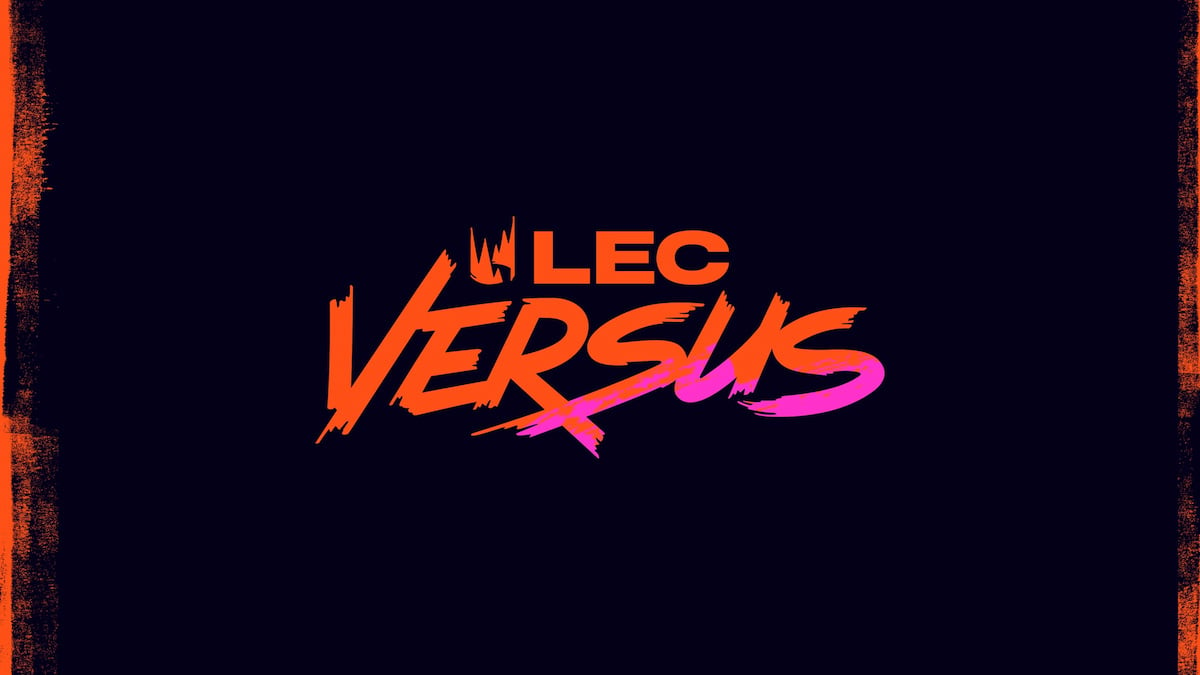
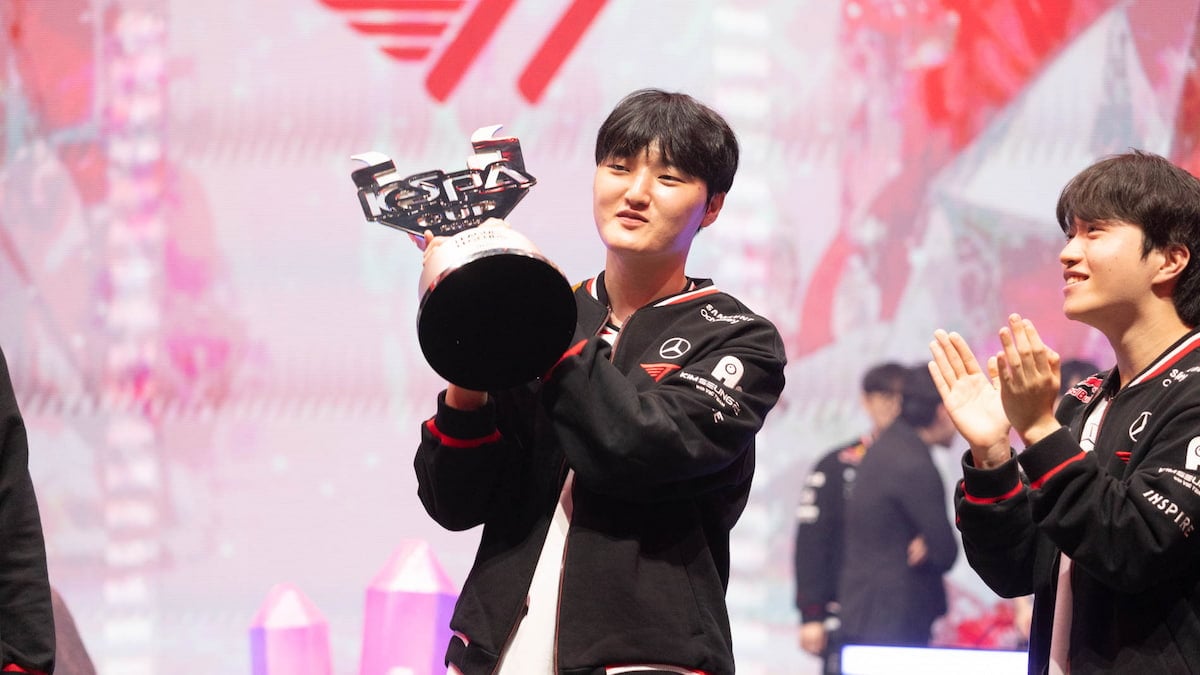
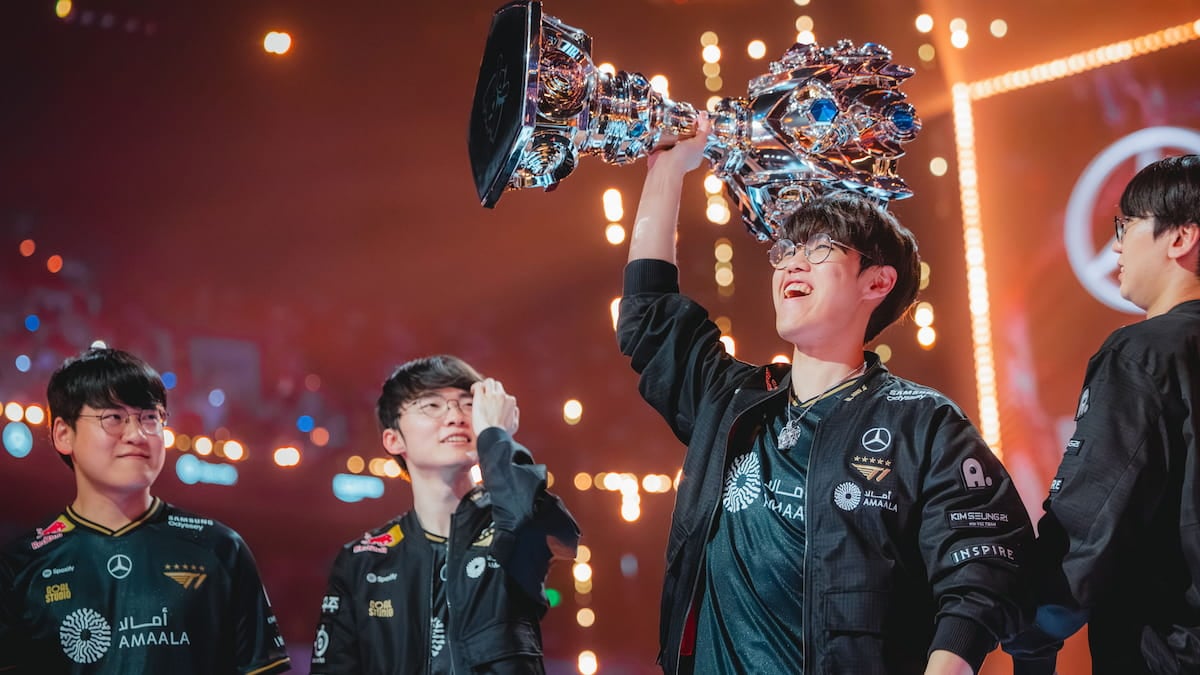
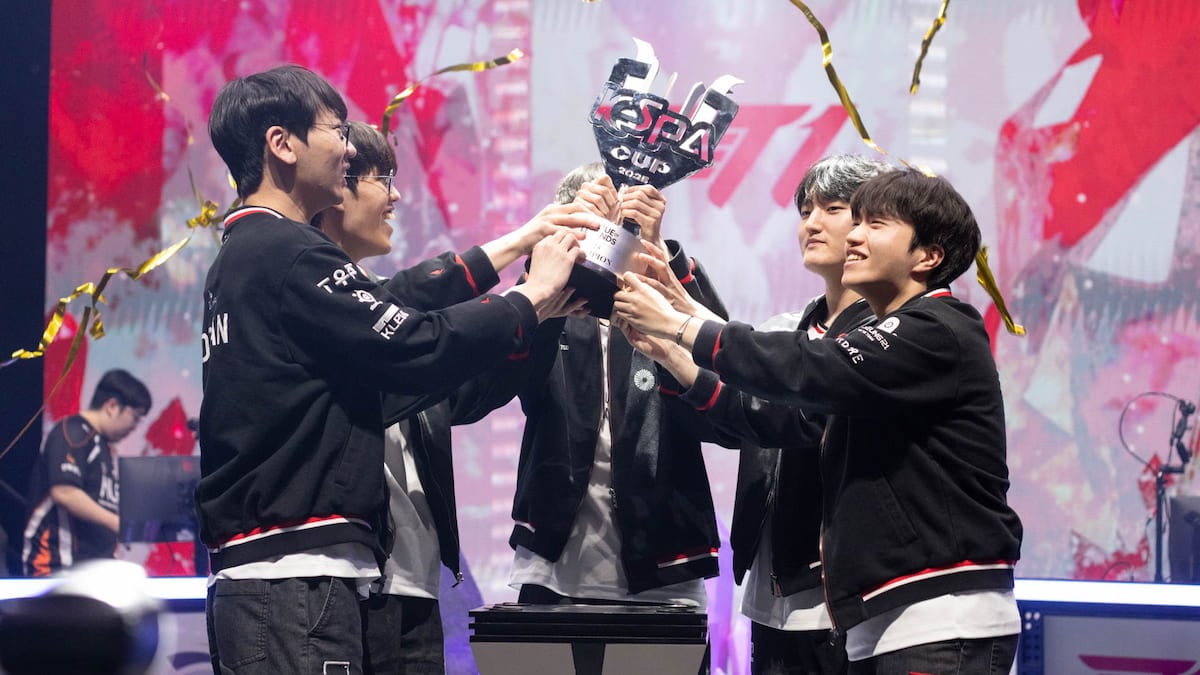
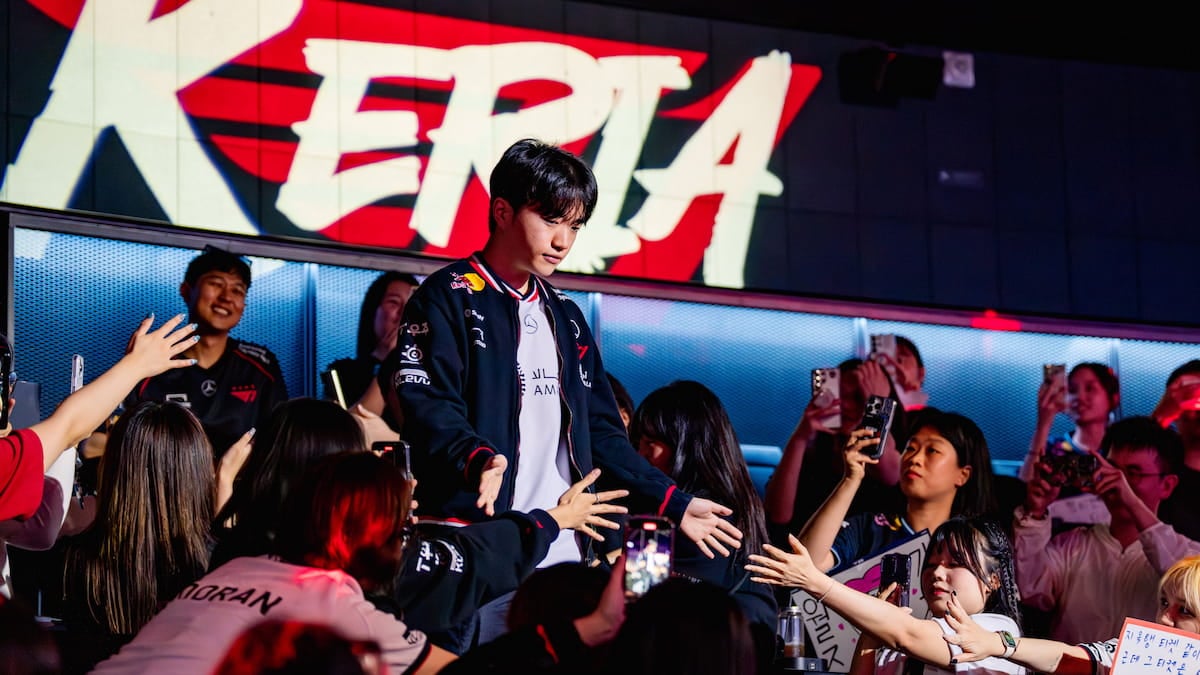
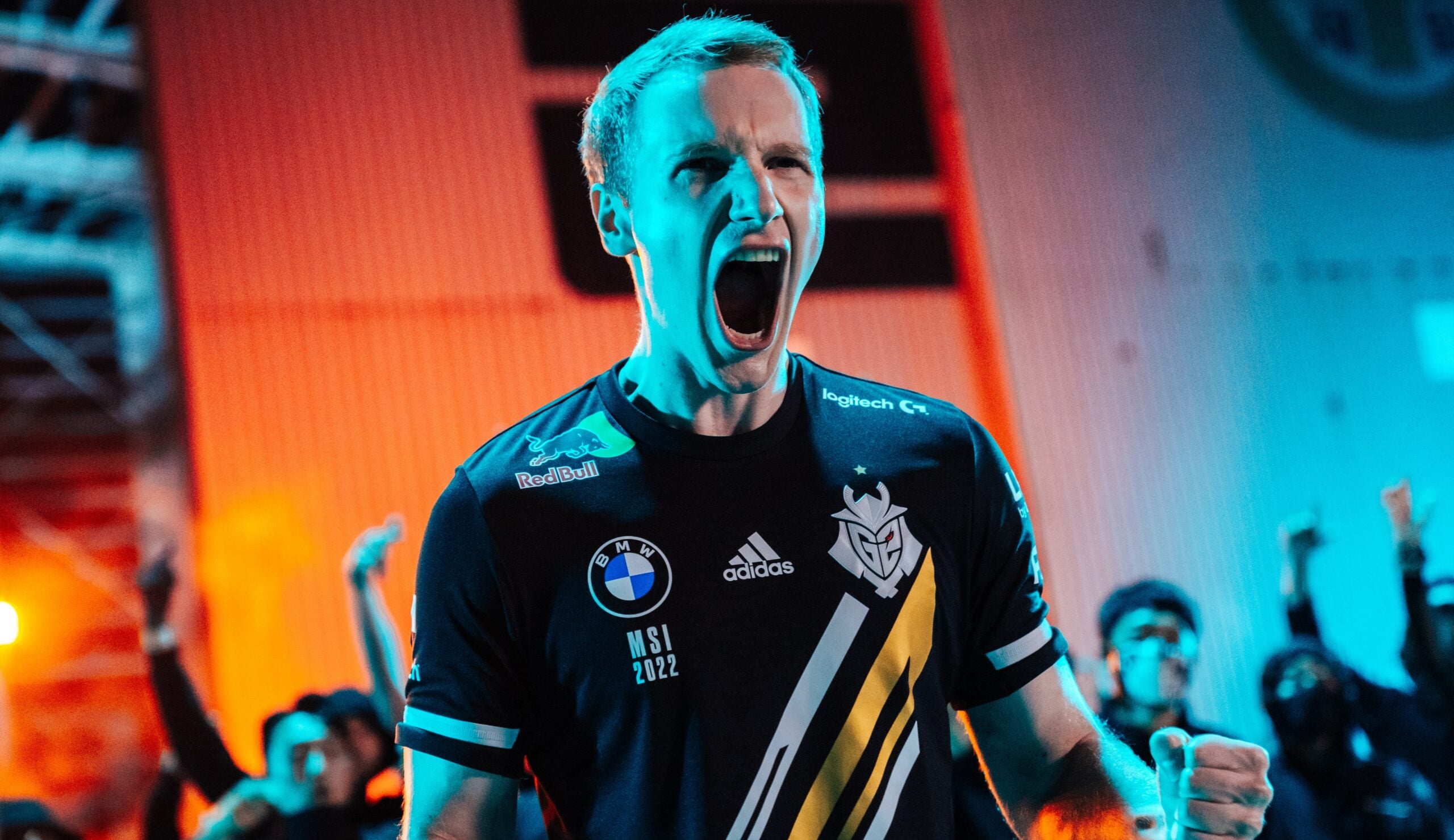
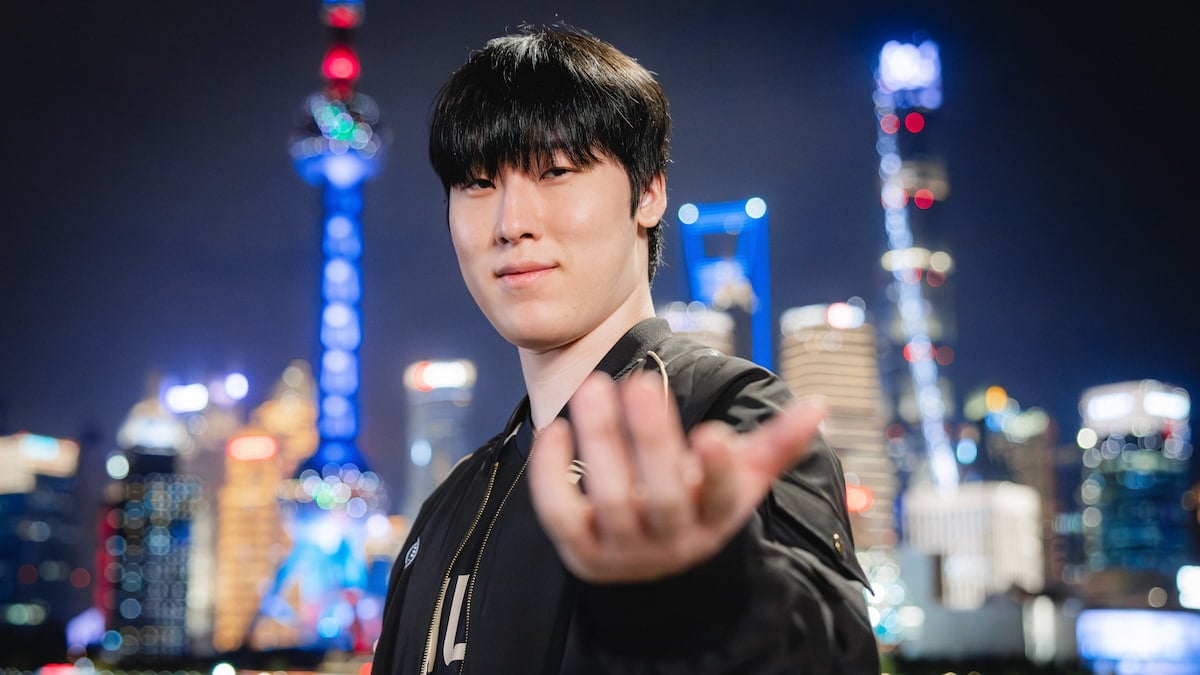
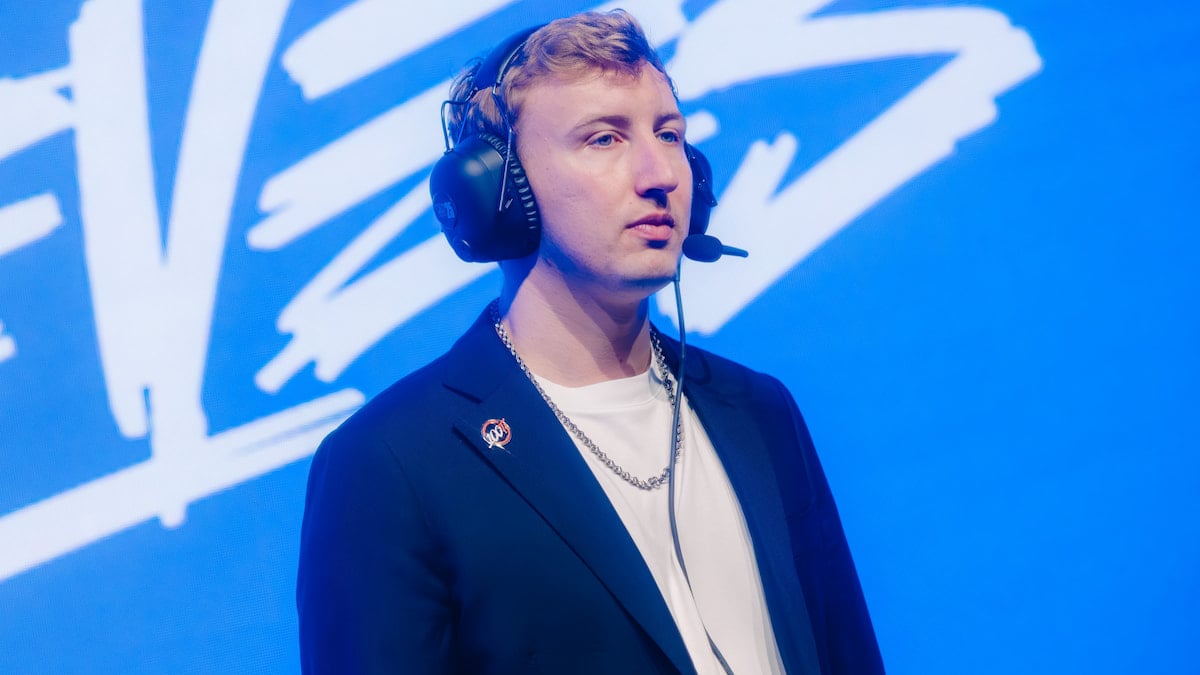


Published: Apr 17, 2019 06:10 pm